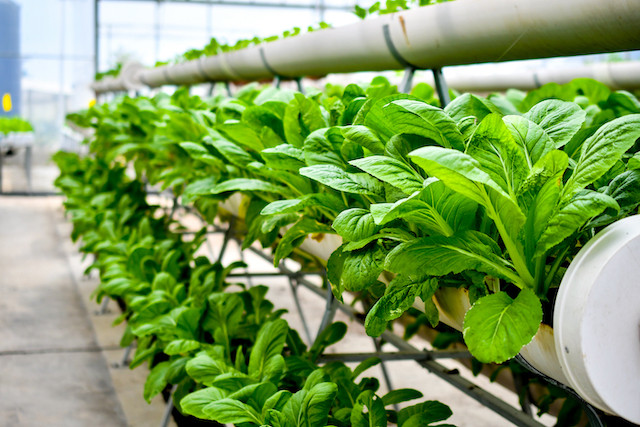“Luxembourg is the first country to adopt such a policy on a national scale,” environment minister Carole Dieschbourg (déi Gréng) said during Thursday’s Living City conference. “Its objective is to introduce fruit and vegetable cultivation in cities on surfaces such as roofs or between buildings in order to be closer to citizens, to offer them quality food.”
The national plan, which had been under consideration for one year, covers the production and distribution of plants, intended for local consumption. Four areas for urban farming have so far been earmarked in Luxembourg City, Bettembourg/Dudelange, Esch-sur-Alzette (Belval) and Wiltz.
Urban farming differs from community gardens in that spaces which are not currently utilised could be converted. A steering committee has been working with the local topography administration on tools such as smart mapping to gain insight for shorter and longer term scenarios.
Dieschbourg sees urban farming as a way to create not only new jobs, but also neighbourhood gathering points.

Bruno Renders and Carole Dieschbourg during the press conference. Photo: DR
Director general of the CDEC (Conseil pour le développement économique de la construction), Bruno Renders, explained that in addition to producing food, “Greenhouses can help produce energy, purify air, serve as a heat buffer or be connected to wastewater circuits.” He added that financial institutions have shown interest in the initiative.
According to a TNS Ilres survey conducted in June 2018, 71% of residents confirmed they would be willing to pay more for local products. Nevertheless, only 3% of produce needs are met by the grand duchy: the rest of the fruit and veg cunsumed in Luxembourg is sourced for the most part from Belgium or France.
It remains to be seen if legislation for the plan will be adopted.
